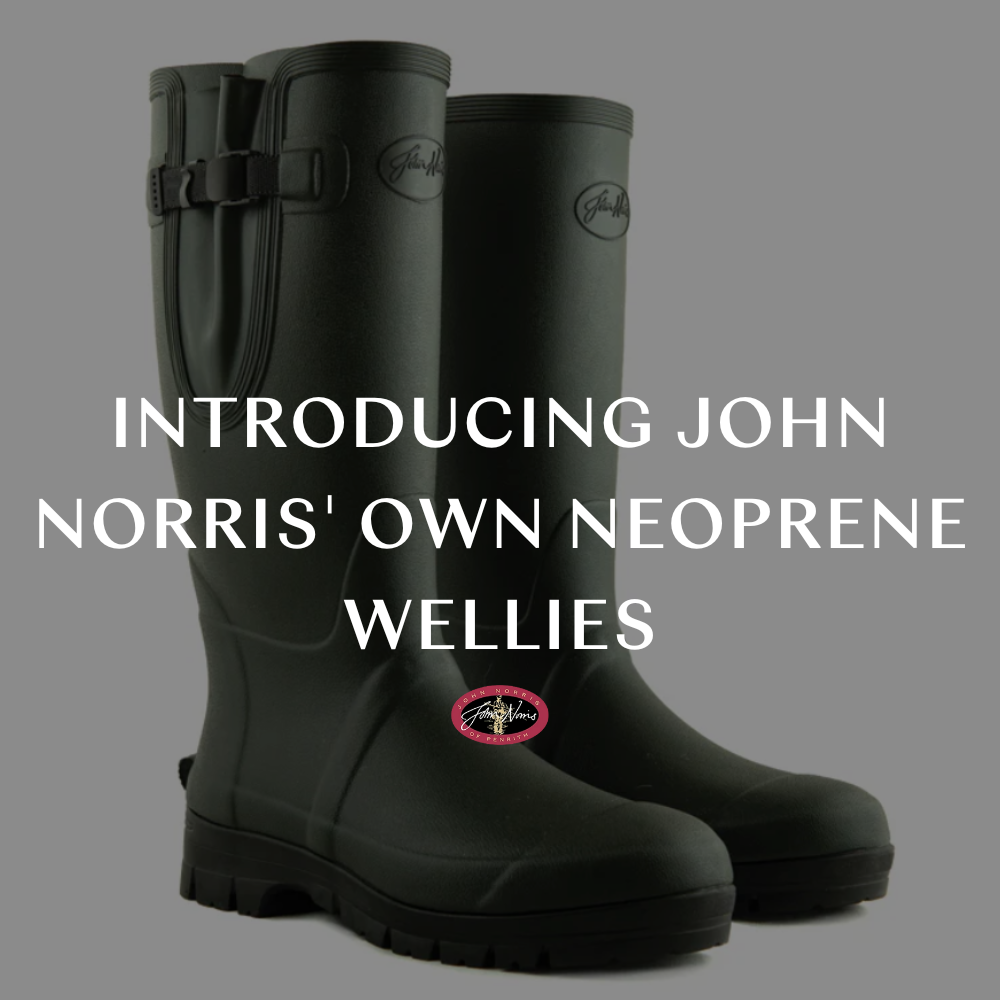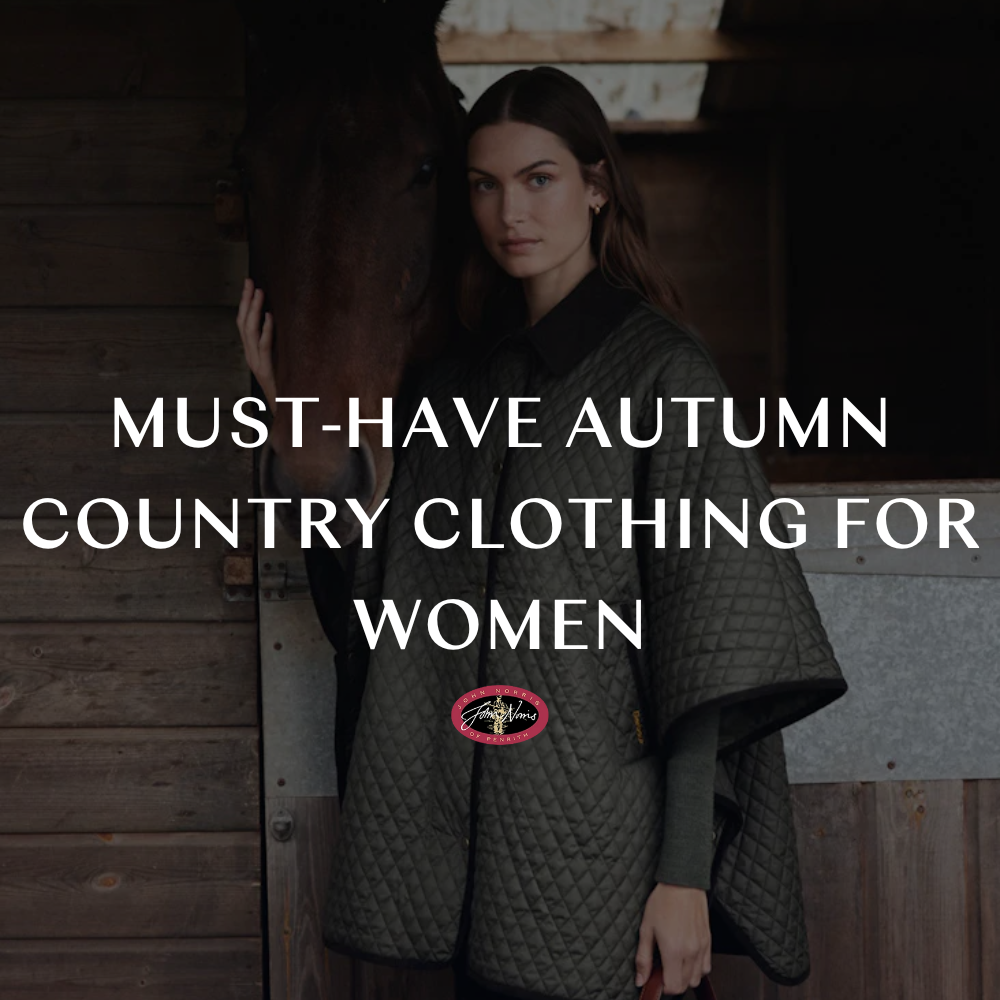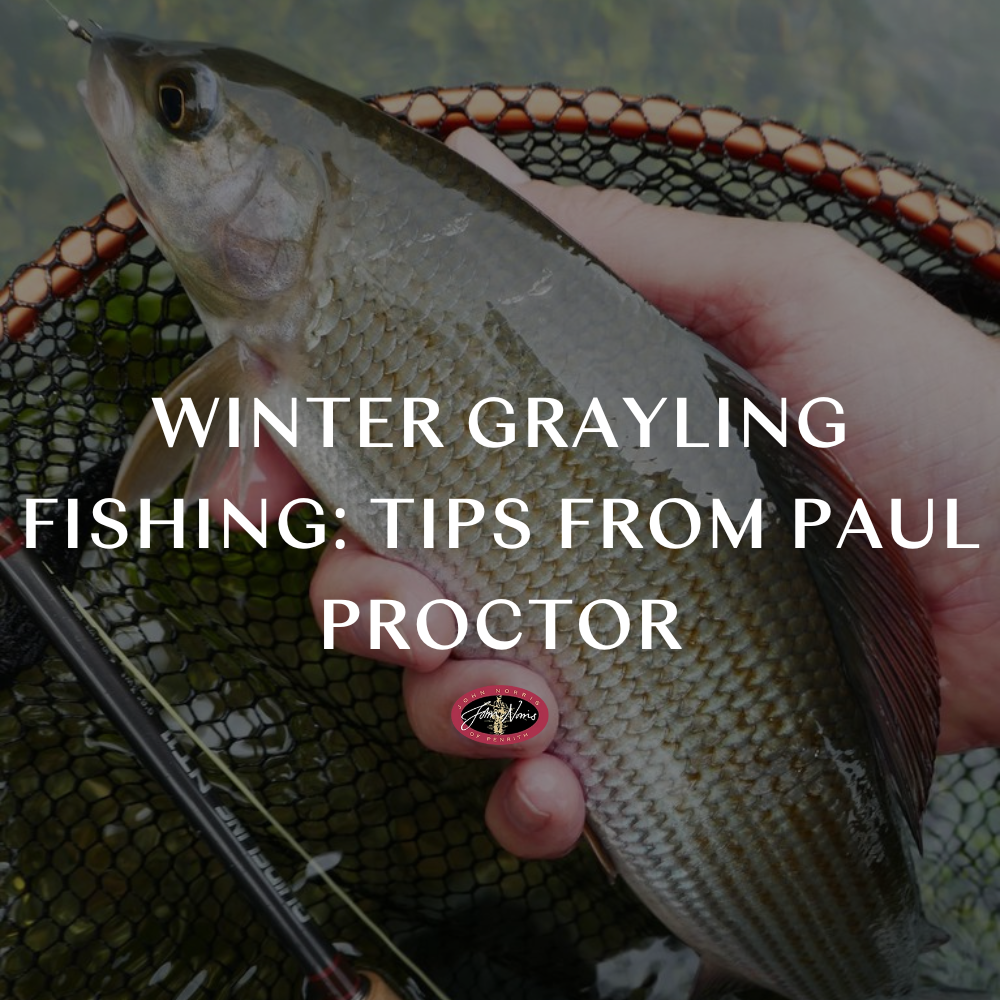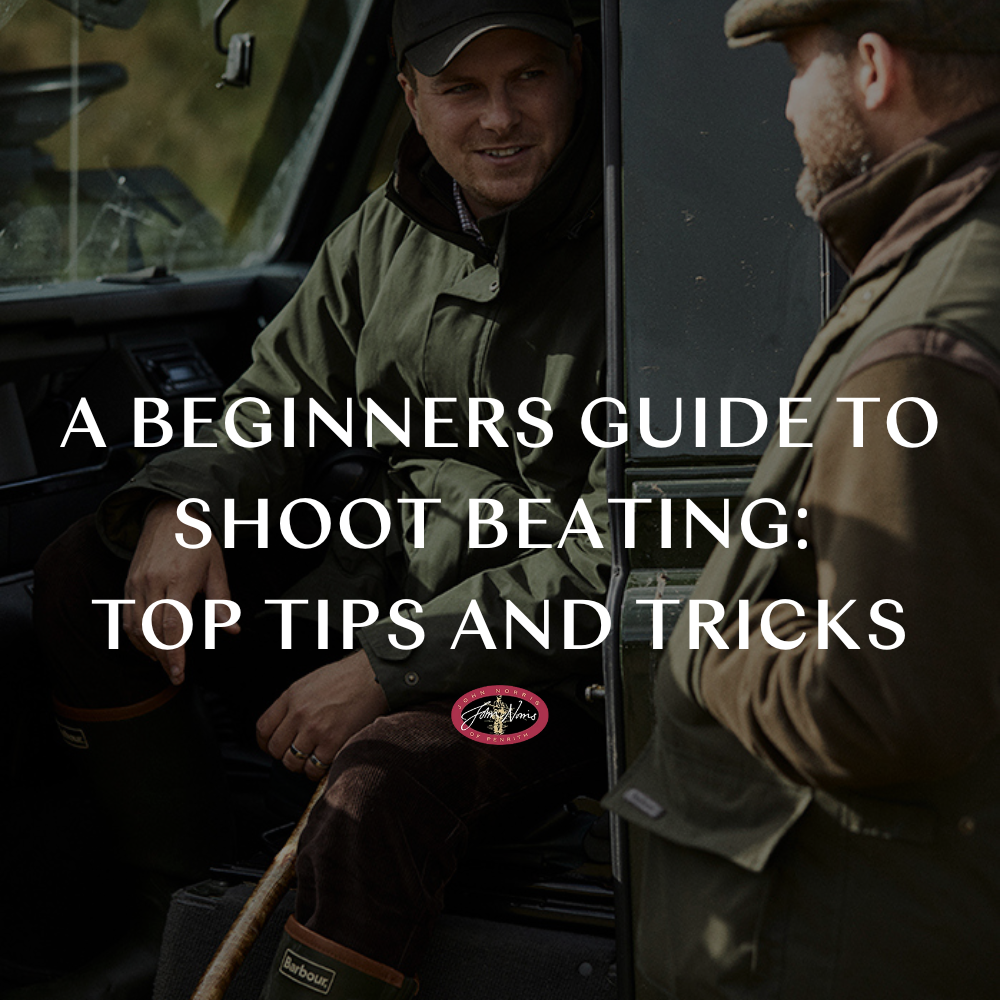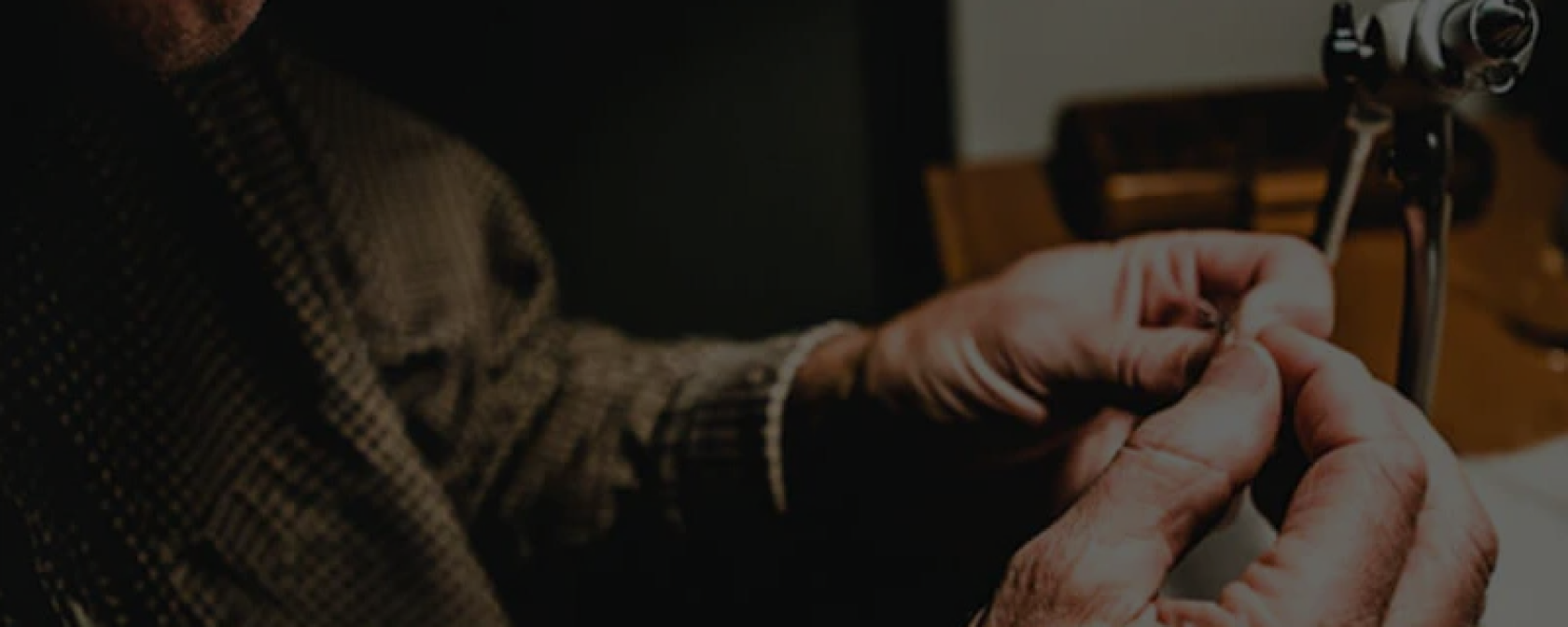Paul Proctor’s Euro Nymphing Guide

November marks the true onset of winter. With shorter days, chilly nights, and frequent rainfall, rivers often run high and cold for weeks at a time. Such conditions rarely favour fly hatches, putting any hopes of dry fly sport firmly on hold.
To stay in touch with grayling, anglers must turn to subsurface methods. One of the most effective, and increasingly popular, is the euro nymphing technique. While it can seem complex to the uninitiated, our resident guide Paul Procter simplifies the apparent mystique surrounding this modern and deadly approach.
The Method
Principally, euro nymphing involves using only a monofilament line, or an extremely thin fly line/tippet arrangement, specifically designed for this method. Carried out at relatively close quarters, the idea is that you achieve improved presentation with finer diameter lines and leaders, allowing your flies to sink more quickly and naturally. Furthermore, because you have almost direct contact with the business end of things, takes are often easier to detect, resulting in more hook-ups.
In essence, as you’re literally lobbing your flies, the casting range is limited to around 20–30 feet, meaning wading will often be required. To avoid spooking fish, it makes sense to progress upstream, although where fast, heavy water occurs, working downstream can be both safer and more effective.
The plan is to systematically search the water nearby by pitching your nymph(s) upstream in several different spots before taking a step forward (or downstream) to repeat the process. A long rod, rated for a 2–4 weight line and measuring around 10 feet or longer, helps enormously with line control, and the extra reach makes casting easier too.
After casting the flies, allow them a moment to sink before gently raising your rod to create slight tension and contact with the nymphs. A short section of highly visible mono acts as an indicator and is best held just above the surface of the water. Any deviation in this section should be met with a firm lift. However, because the method is so tactile, takes are often felt rather than seen.
As the flies drift past and downstream, lower your rod in time with the surface currents to allow a longer drift. Once the leader straightens, your flies will lift seductively through the water, often triggering grayling to seize them. Many anglers new to the method lift their flies out too soon to recast, rather than letting them fish out properly; a key point worth remembering.

What Rod?
Ideally, look to longer rods designed specifically for nymphing. One noticeable feature is that the butt ring sits closer to the handle, which helps reduce line sag and makes handling fine monofilament leaders easier. These rods also tend to have a more forgiving action, which not only helps when casting light nymphs but also cushions the fight at close quarters, protecting your tippet in the process. Rods of 10 feet or longer are the norm, with the Guideline LPX Tactical Nymph and Elevation Nymph both offering excellent performance at competitive prices.

The Leader
There are all sorts of recipes and formulas for constructing euro nymphing leaders. In the past, I used to make my own, but these days many manufacturers take the hard work out of it, and we can simply buy them off the shelf. By the way, those earlier French Leaders are pretty much the same thing, and represent great value.
Most shop-bought leaders include a short section of highly visible mono, often a mix of fluorescent orange and yellow (as mentioned above), which acts as a subtle indicator. However, those who euro nymph regularly often use indicator paints, which can be added or removed as needed.
The advantage is that you can apply paint higher up the leader when fishing deeper pools, or lower down when targeting shallower runs, all without altering your tippet length. This saves a frustrating amount of time on cold days when your fingers refuse to cooperate. There are countless recipes for euro-nymph leaders. In the past, many anglers built their own, but today most leading manufacturers offer ready-made versions that take out the guesswork.
The Tippet
When it comes to dry-fly fishing, I’m very much a fan of copolymer, as it stays supple for its diameter and has a little stretch. However, for nymphing, fluorocarbon is far more robust and abrasion-resistant, which is ideal when your flies brush against rocks and underwater structures. Although slightly stiffer than copolymer, the weight of your nymphs provides enough momentum to ensure a natural drift. For UK nymphing, look to fluorocarbon tippets between 0.13mm and 0.15mm in diameter (approximately 3–5lb breaking strain).
The Flies
Originally, the technique used a single small nymph that could be presented with minimal disturbance. Naturally, this setup also lends itself to two or even three-fly rigs. These nymphs should be placed close together, usually 12–18 inches apart, concentrating the weight to help casting and ensure the flies work together and sink quickly. The fashionable Perdigon dressings are extremely effective, but all manner of nymphs can work, including shrimp patterns, caseless caddis, peeping caddis, hare’s ear bugs, PTNs, and even the dreaded squirmy worm, all have their place on the leader.

Playing Fish
As mentioned earlier, any fish you hook will be at close range, meaning there’s little stretch in the system. This is why a softer rod is so beneficial, it cushions the sudden lunges of a hooked fish.
If you’re too heavy-handed and don’t give line when needed, it often ends in disaster, either a pulled hook or a snapped tippet. Always set your reel drag before you start fishing. When a fish takes off, let it run.
If a grayling moves far downstream, avoid trying to haul it back against the current. Instead, wade towards it while retrieving line. Once close, angle your rod downstream of the fish to encourage it to turn upstream, away from the pressure. Ideally, I always try to get below the grayling as soon as possible, that way, it’s fighting both your pressure and the current, tiring more quickly.
Other Essentials
To get the most from short-line euro nymphing, wading will be key. A wading staff is invaluable here, acting as a third leg for stability and helping gauge depth, especially useful in murky water. I often see fly fishers with long-handled landing nets, which are more of a hindrance than a help. A short-handled wading net, clipped to your vest, bag, or backpack, is a far better choice. Use a magnetic net holder, and one of the strongest available is the Guideline magnet, secured with a recoiling leash or cord. As you’ll be spending a fair bit of time in cold water, it’s worth investing in proper undergarments. For my money, loft-type trousers are best; they’re warm, comfortable, and great at wicking away moisture. If you prefer something more traditional, a thick pair of thermal bottoms will also serve you well.

Winter may shorten our days and numb our fingers, but for those willing to adapt, the rewards are rich. Euro nymphing offers a hands-on, highly effective way to stay connected with grayling when surface sport has faded. The technique rewards focus and finesse, yet, as Paul Procter reminds us, it’s far from complicated once you grasp the basics.
With the right rod, a balanced leader and tippet, and a handful of proven nymphs, you’ll be perfectly equipped to tackle the chillier months. Whether you’re knee-deep in a fast run or quietly working a deep glide, few things match the thrill of feeling that subtle tug from a winter grayling.
So, embrace the cold, refine your technique, and make the most of this beautiful season on the water. For expert guidance, tried-and-tested gear, and everything you need to fish with confidence, John Norris is your trusted companion, in-store and online.



